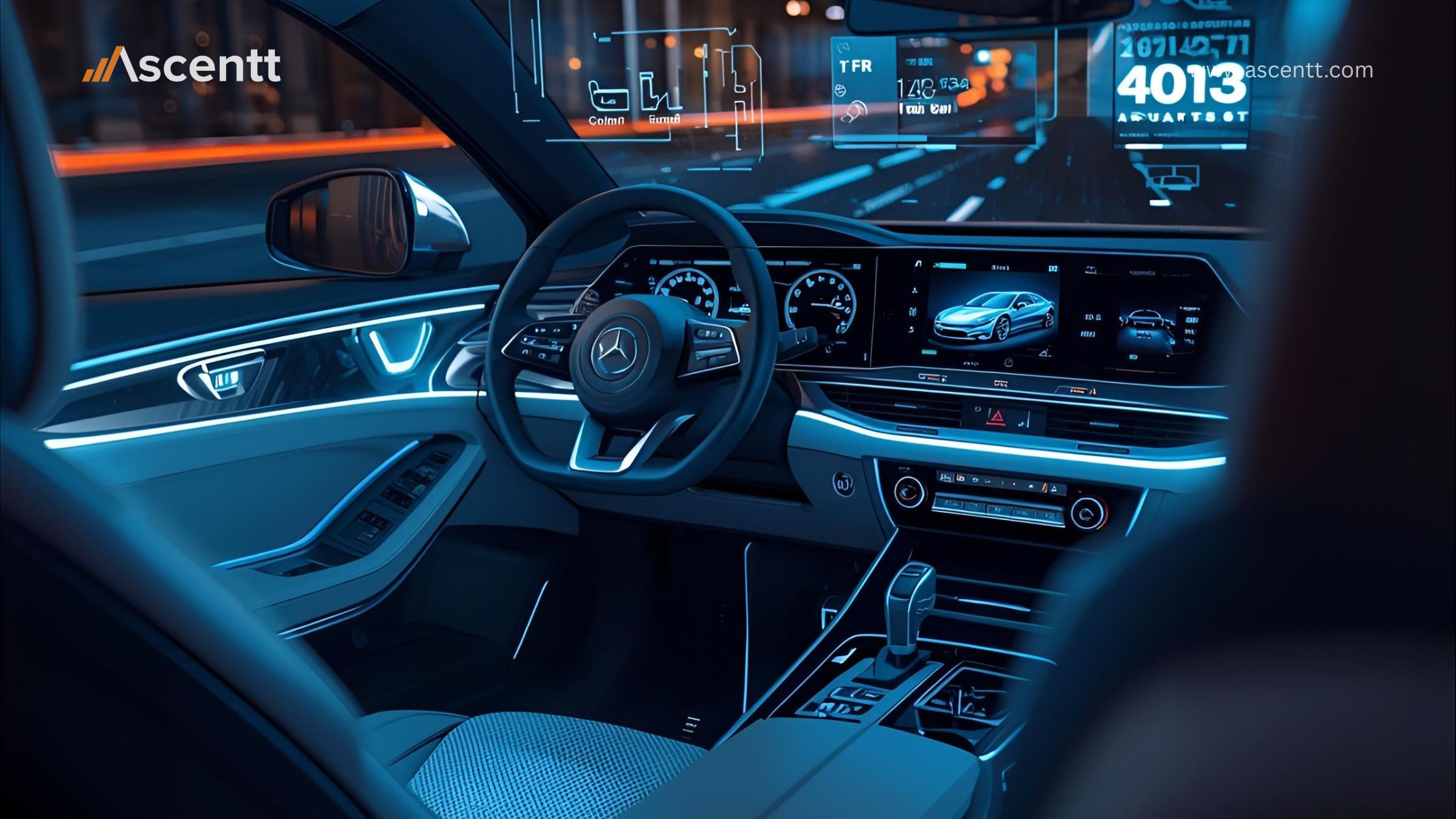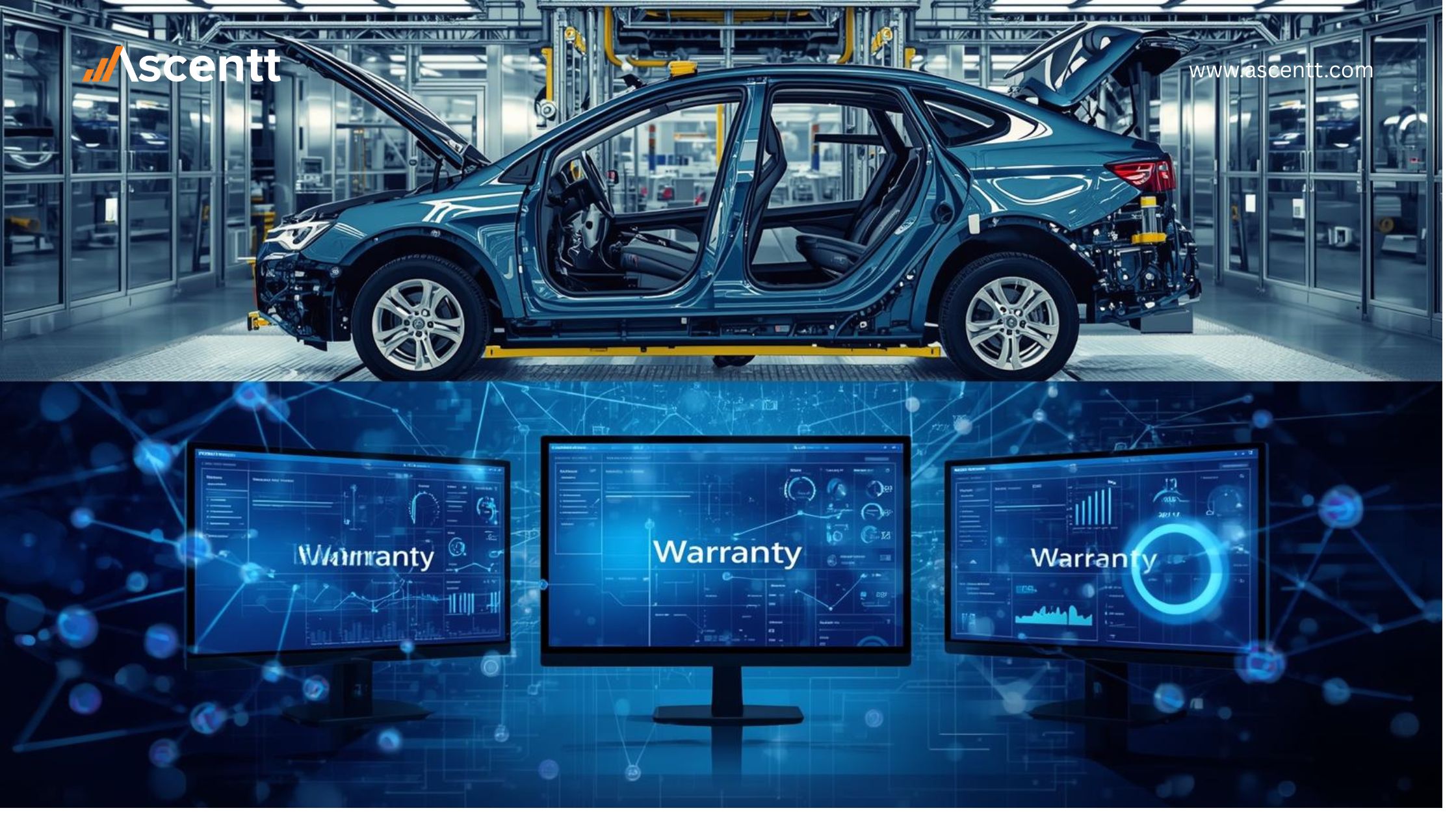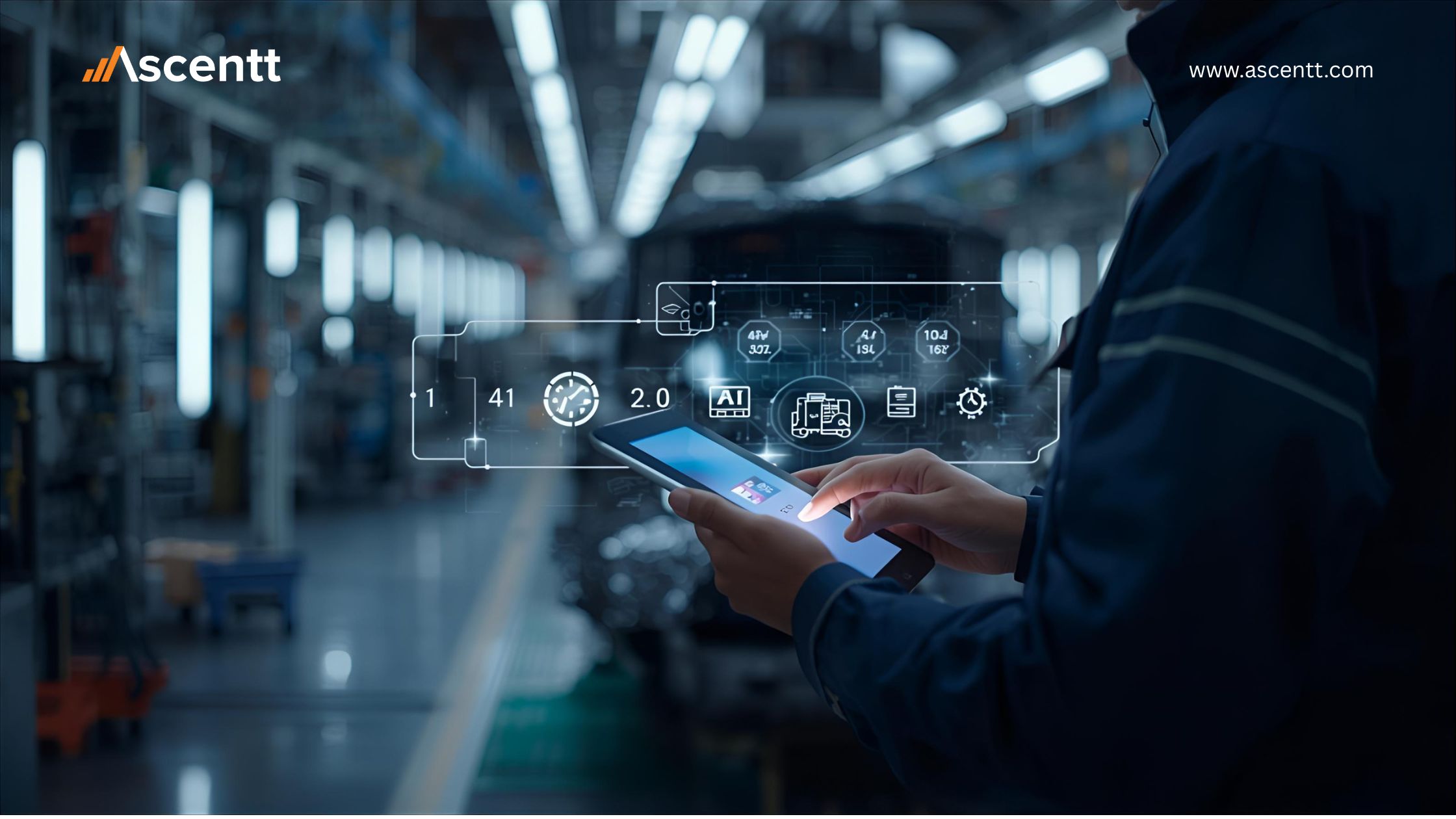Remember when your car was just, well, a car? A machine for getting from A to B? Buckle up, because that era is quickly being redefined. The automotive world isn’t just evolving; it’s undergoing a seismic shift, moving from vehicles as mere hardware to intelligent, software-defined platforms. And at the heart of this revolution? The quiet, powerful force of embedded Large Language Models (LLMs).
Forget the internet connection every time your car needs to “think.“ We’re talking about AI living inside your vehicle, enabling lightning-fast decisions, unparalleled data privacy, and a level of safety that cloud-dependent systems just can’t match. It’s the difference between asking your car a question and having to call home for an answer, versus having its own super-smart brain right on board.
And make no mistake, this isn’t some far-off dream. Top automotive manufacturing executives aren’t just dabbling; they’re pouring serious fuel into this fire. A recent McKinsey study revealed that over 40% are steering between $1 million and $6 million into Generative AI R&D. Even more astonishing, over 10% are investing north of $23 million! This isn’t about minor tweaks; it’s a deliberate pivot, embedding AI directly into the very DNA of our vehicles, transforming them from steel-and-silicon machines into dynamic, intelligent ecosystems. (Source: McKinsey)
The auto industry is expected to see a significant increase in brand value by 2035, with 75% of executives expecting software to be the primary factor, not horsepower or sheet metal. It’s a certain sign: the next decade’s automotive battleground will be won not on the assembly line but by sheer intelligence behind the hood. Therefore, how precisely are these embedded LLMs improving the safety, intuitiveness, and intelligence of our future rides? Let’s explore. (Source: IBM)
Why Foundation Models Matter for Automotive AI
At the heart of next-gen automotive AI are foundation models—massive pre-trained neural networks that serve as the baseline for fine-tuning in domain-specific contexts. These models matter because they deliver:
- Domain Fine-Tuning: Foundation models can be adapted for automotive-specific needs, from diagnostics to navigation, by refining them with industry datasets. This avoids reinventing the wheel while ensuring precision.
- Token Compression: Vehicle edge devices have limited memory and compute. Token compression strategies help optimize how LLMs process natural language inputs without losing semantic richness.
- Edge Inference Challenges: Running LLMs in real-time on constrained hardware is non-trivial. Foundation models solve this by offering pre-trained efficiencies that can be compressed, quantized, and optimized for embedded deployment.
The result? Faster insights, safer decision-making, and models that respect privacy by processing data locally instead of in the cloud.
From Pre-trained to Customized—Choosing the Right Model
When deploying LLMs in vehicles, manufacturers face a choice: adapt pre-trained models or build from scratch.
- Pre-Trained Models: These enable a head start with generic features and can be adjusted for automotive uses. Ensuring rapid scalability, they help to lower deployment time and cost.
- From Scratch: Building tailored models lets one have the most control over design, latency management, and adherence to area-specific regulatory rules. The cost and time to create might be rather large, though.
The choice depends on strategic priorities:
- Cost efficiency favors pre-trained models.
- Latency and edge performance may require specialized, lean architectures.
- Regulatory compliance around data usage, safety certifications, and explainability often influences how bespoke the model needs to be.
Given that 65% of auto OEM executives report having a structured AI integration strategy and 79% say senior leadership strongly supports AI investments, the industry is clearly gearing toward practical, domain-aware hybrid approaches. (Source: IBM)
Embedded LLMs in Action
Embedded LLMs unlock a wide range of real-world automotive use cases:
- Support Agents: Voice-powered copilots called “support agents“ help users navigate challenging configurations, offer vehicle insights, and handle FAQs.
- Navigation Assistants: Combining LLM reasoning with geographic data, context-aware assistants provide better routing and adaptive driving directions.
- Service Chatbots: AI-powered agents included in infotainment systems designed to assist users with service scheduling, problem-solving, and dealership connection.
These on-board AI agents change the in-car experience from reactive to proactive, hence improving vehicle intuitiveness, predictability, and safety.
Agentic Use Cases vs Traditional AI
Traditional automotive AI often focuses on narrow, rule-based applications. In contrast, agentic LLMs offer contextual intelligence—adapting to real-time conditions, data flows, and user interactions.
The Main Advantages of Embedded LLMs
- Built-in Domain Intelligence: Models taught on automotive datasets can understand connected vehicle data, diagnostic codes, and driver behaviors.
- Precision-Tuned for Specific Tasks: From driver coaching to predictive maintenance, embedded LLMs are tuned for particular tasks beyond simple conversation.
- Smart, Streamlined Data Flows: Edge-first AI guarantees real-time insights free from reliance on cloud connection by means of smart, streamlined data flows.
- Seamless Workflow Integration: These models link customer platforms, service workflows, and corporate systems to provide a unified environment.
Automotive Challenges Addressed
- High-Frequency Connected Vehicle Data: Embedded LLMs may contextualize, filter, and evaluate huge volumes of telematics data without overburdening business systems.
- Complex Product Configuration Lifecycle: LLMs streamline configuration, help decision-making, and control lifecycle updates in cars with thousands of customizing choices.
- Shifting User Behavior with EVs & Autonomy: Embedded AI guarantees consumers can easily change to new ownership and operating norms as EVs and autonomous driving become common.
Case Studies of Agentic Automotive AI
- Connected Vehicle Data Optimization Agent: Industry-tuned algorithms integrate CV data with enterprise systems, driving 4X faster insights and 40X cost reduction, ultimately enhancing customer experience.
- Vehicle Health Diagnostics Agent: By merging diagnostic trouble codes (DTCs) with sensor and behavioral data, this agent predicts wear patterns and forecasts maintenance. The result? $28M in savings via proactive vehicle care.
- PII Obfuscation AI Agent for Vehicle Data: Embedded AI telematics and video data automatically conceals license plates and faces. This guarantees adherence to corporate security and privacy policies and enables worldwide use of vehicle data for innovation, free of legal problems.
These illustrations show how integrated LLMs are not only instruments but also tactical enablers of safer, smarter, and more compliant automotive ecosystems.
Conclusion
Intelligence, not horsepower, will characterize the next generation of cars. This change is fundamentally driven by embedded foundation models, which provide privacy-respecting, real-time, contextual AI right inside vehicles.
With 18+ years of engineering real-world impact, Ascentt has been at the forefront of building cutting-edge AI/ML and data analytics solutions for global automotive leaders. From connected vehicle optimization to predictive diagnostics and compliance-first data management, Ascentt empowers manufacturers to realize the full potential of Gen AI across the automotive value chain.
In a time where the software-defined experience will drive 75% of automotive brand value by 2035, the time to act is now.
Ascentt is your trusted partner for embedding LLMs into next-gen vehicles. Let’s talk today!
FAQs
1. How are embedded LLMs making cars smarter?
Embedded LLMs act as a car’s onboard AI, enabling fast, private, and real-time intelligence without needing a constant internet connection.
2. Why is it better to have AI in the car instead of in the cloud?
Onboard AI provides lightning-fast responses and better data privacy, as it doesn't need to send information back and forth to a cloud server.
3. How can I get started with embedding LLMs in vehicles?
You can contact Ascentt; we have over 18 years of experience in building AI/ML and data analytics solutions for the automotive industry.




